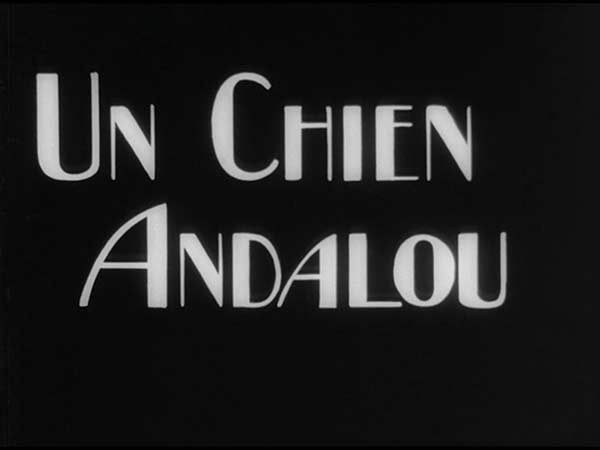
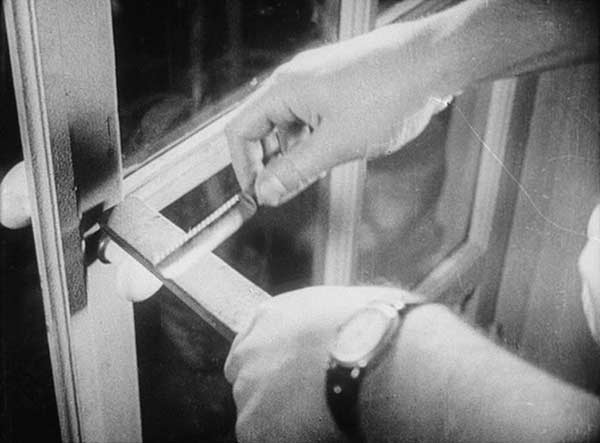
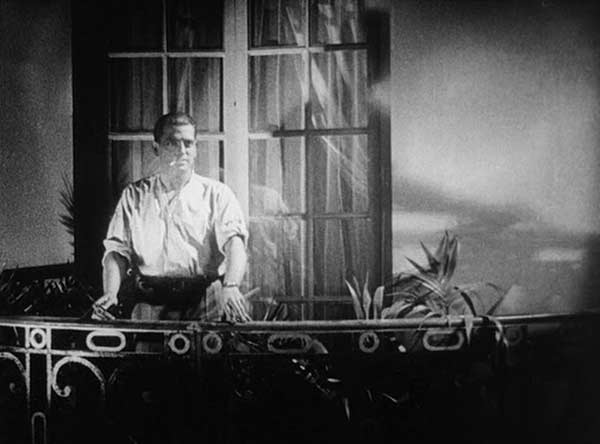
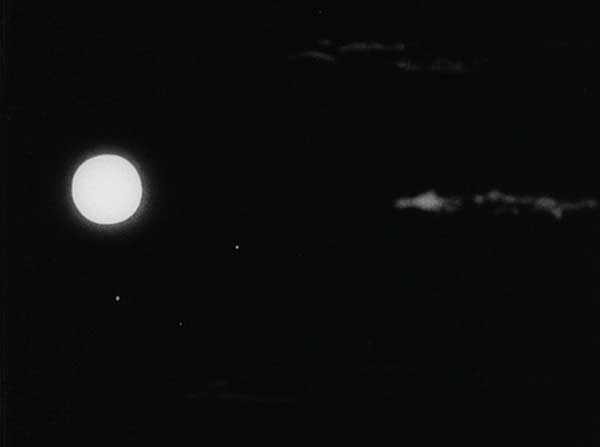
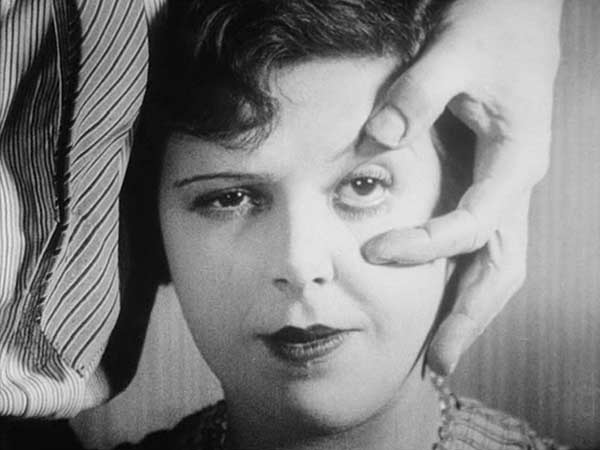
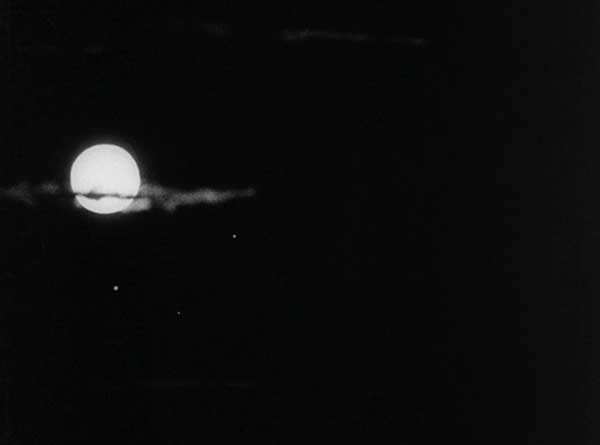
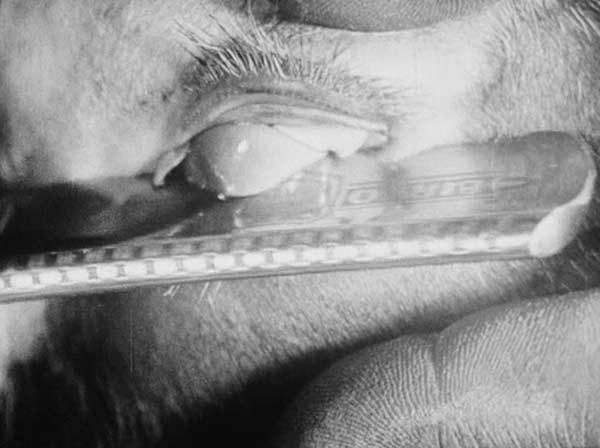
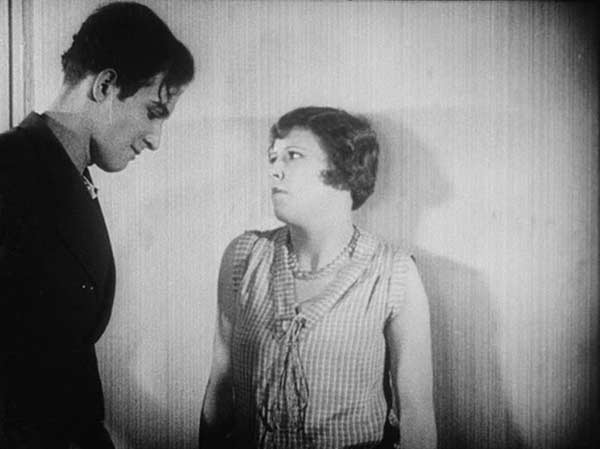
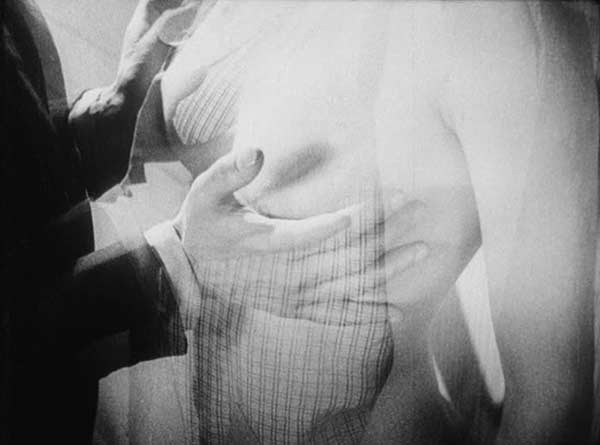
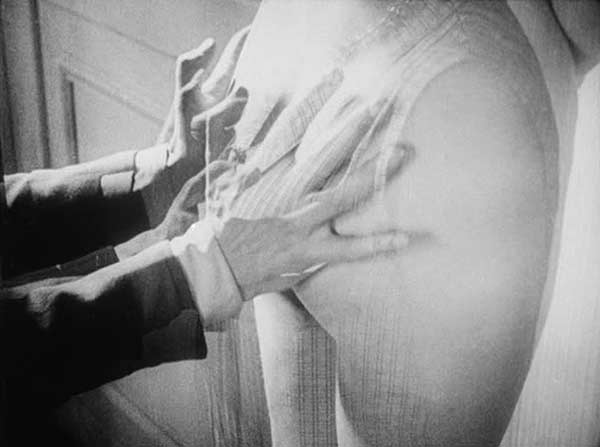
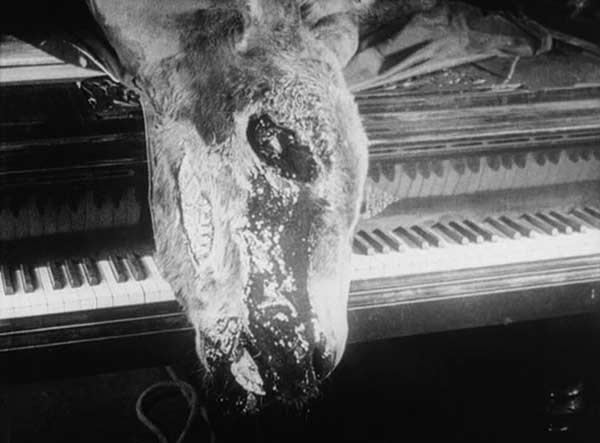
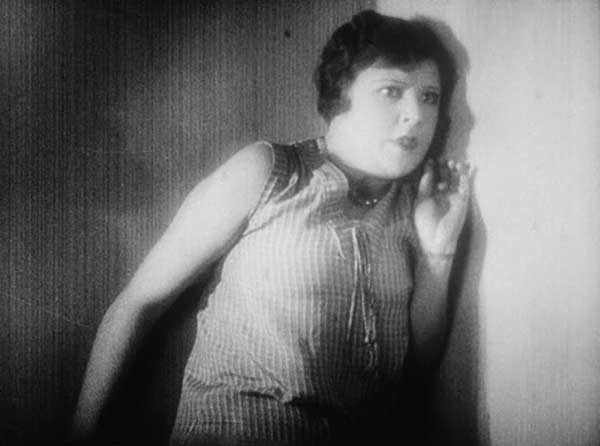
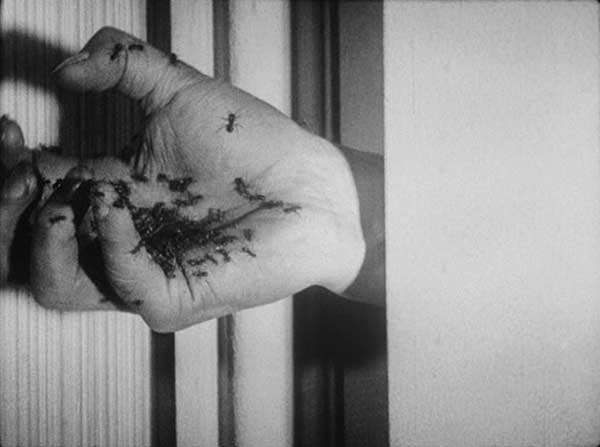
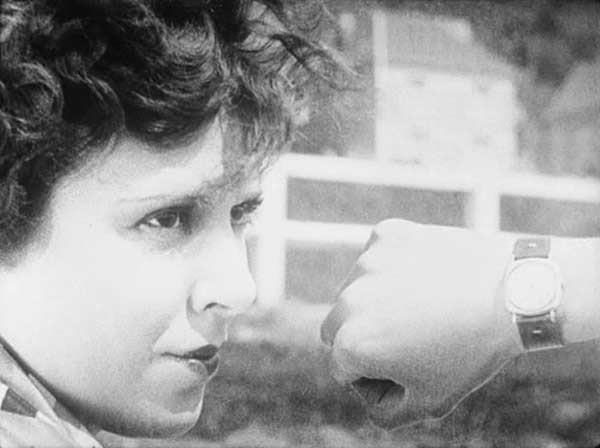
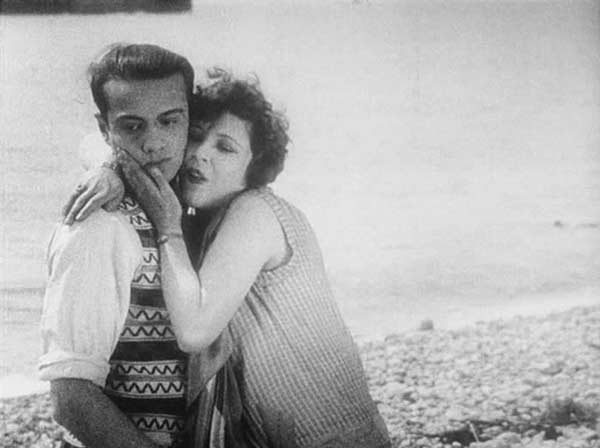
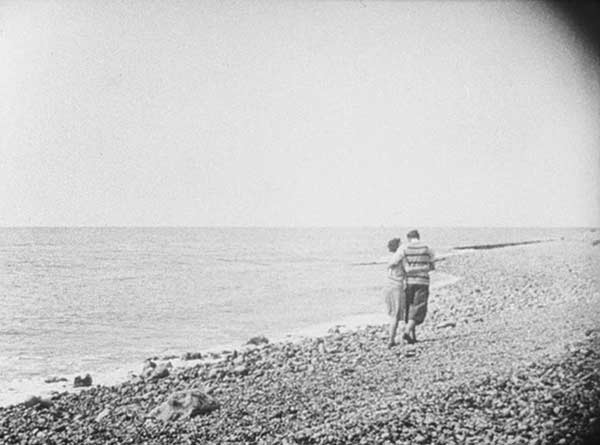
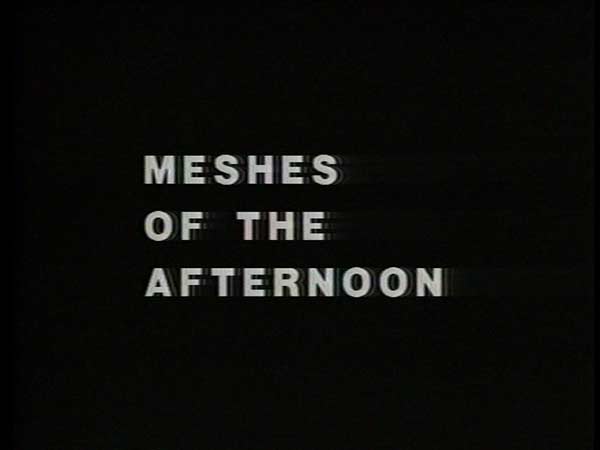
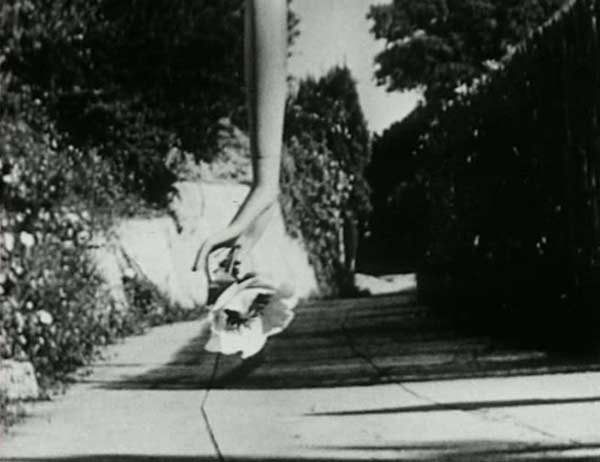
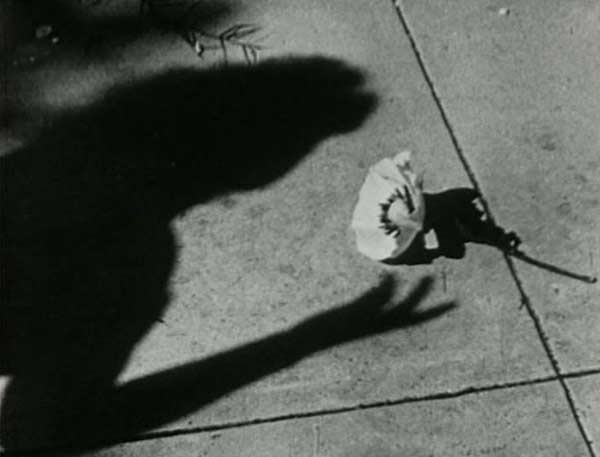
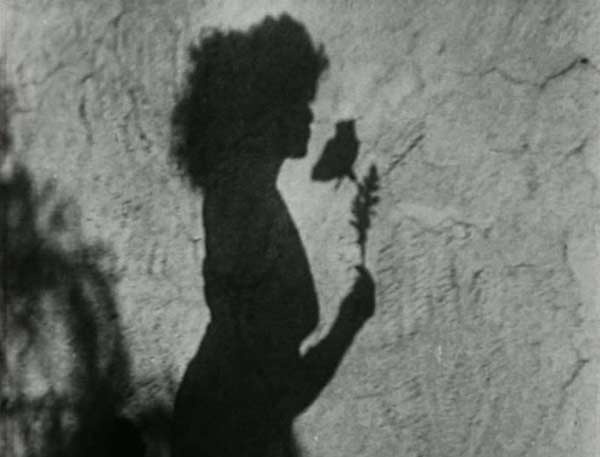
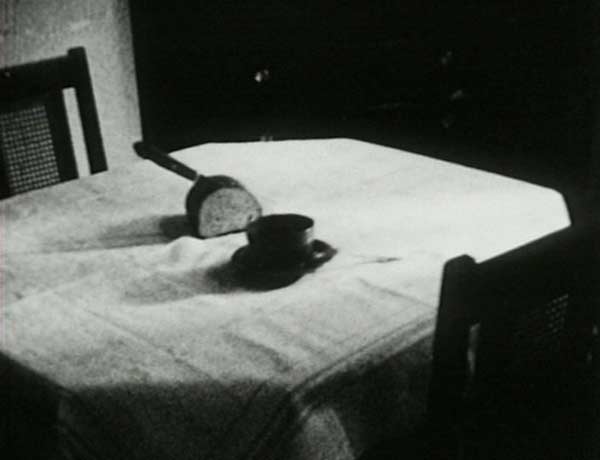

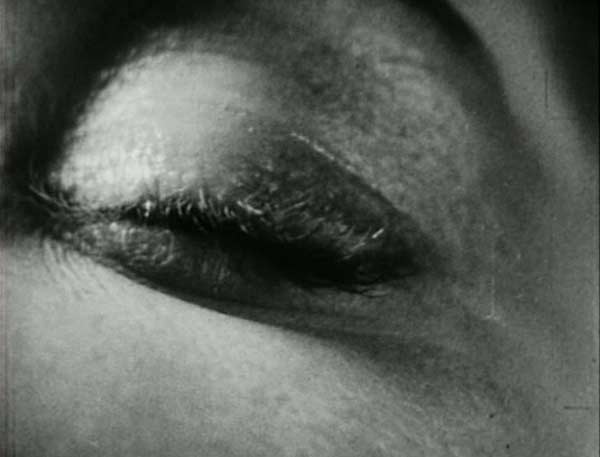
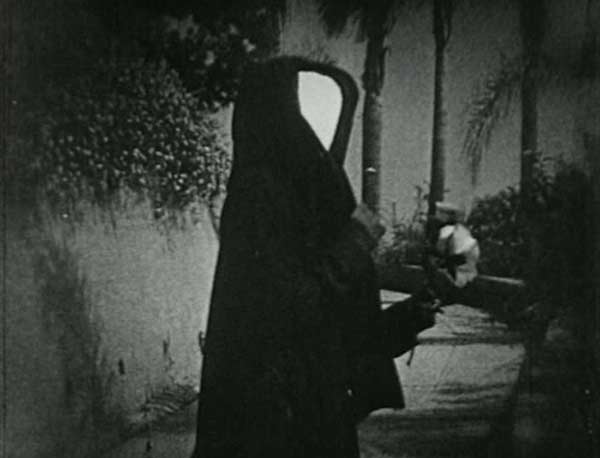
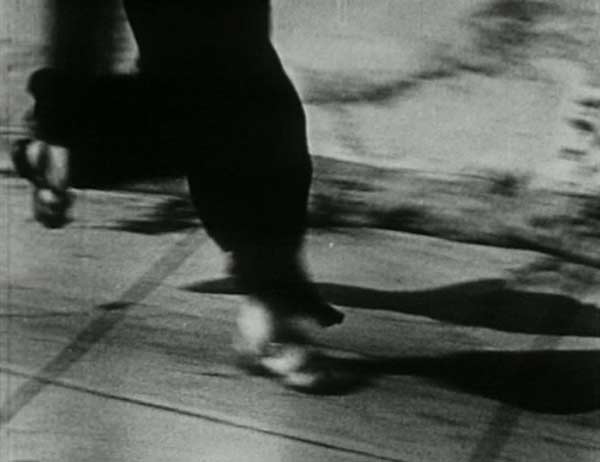
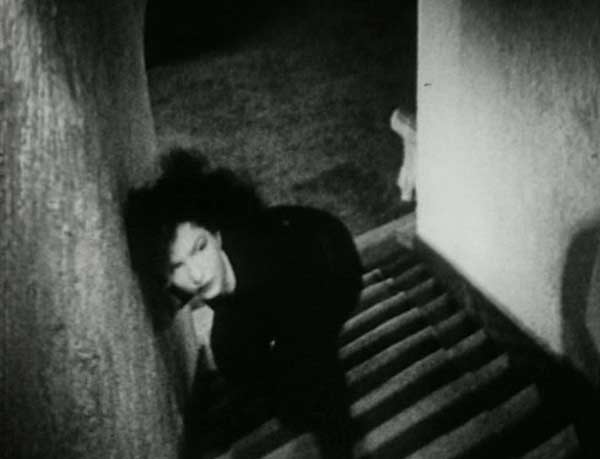
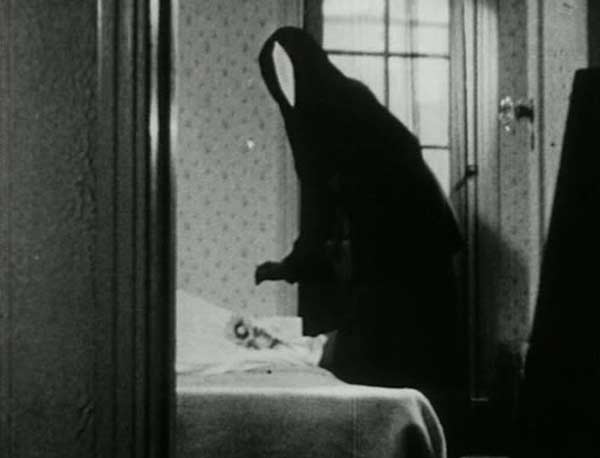
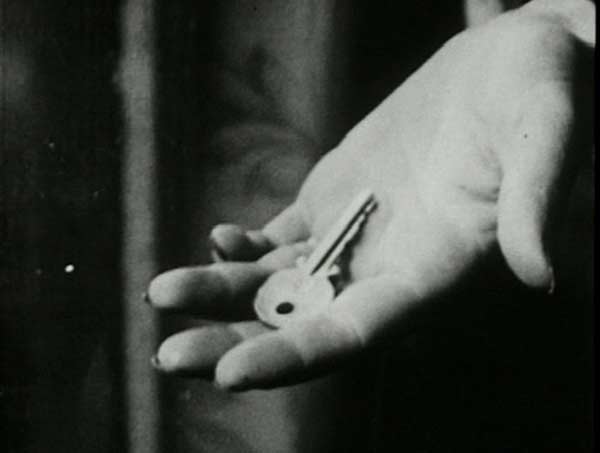
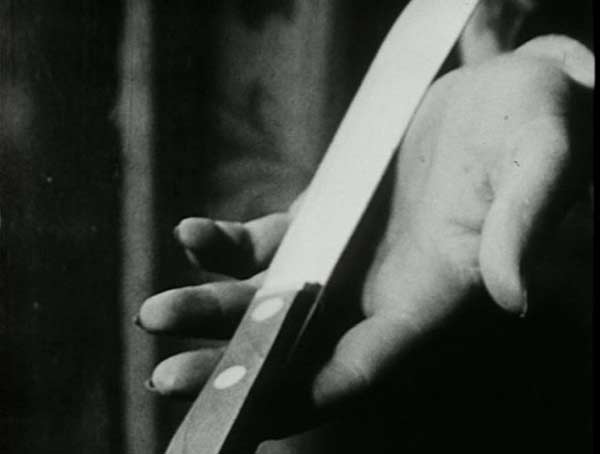
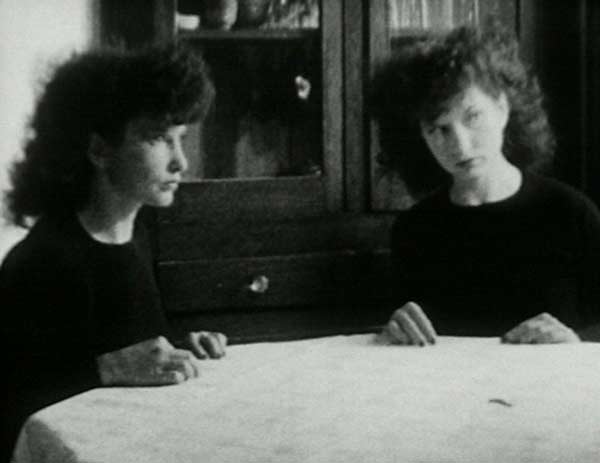
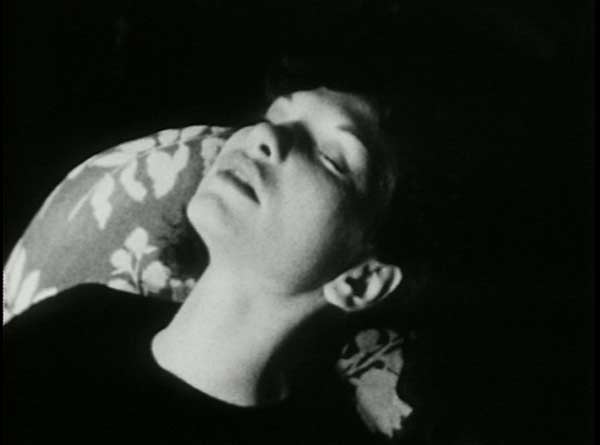
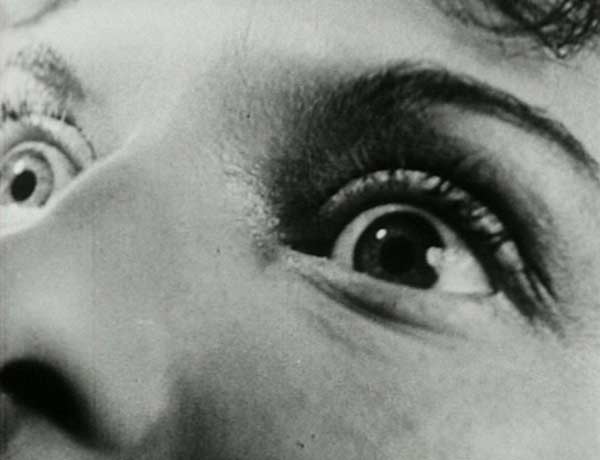
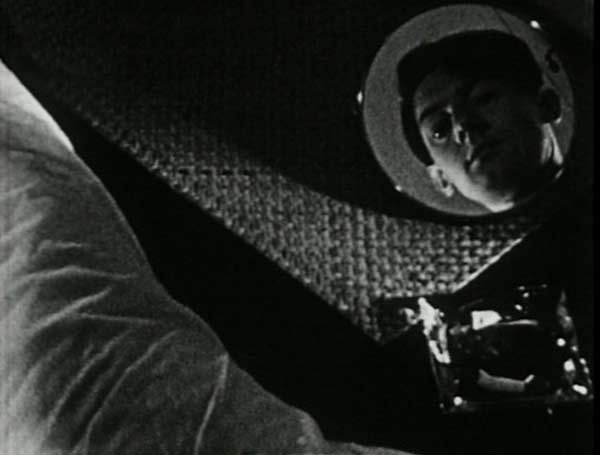
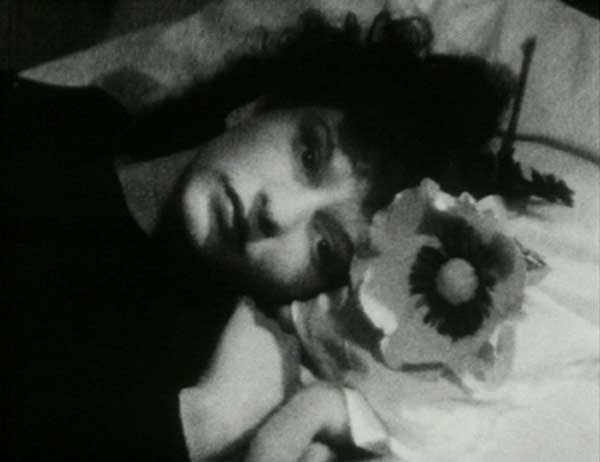
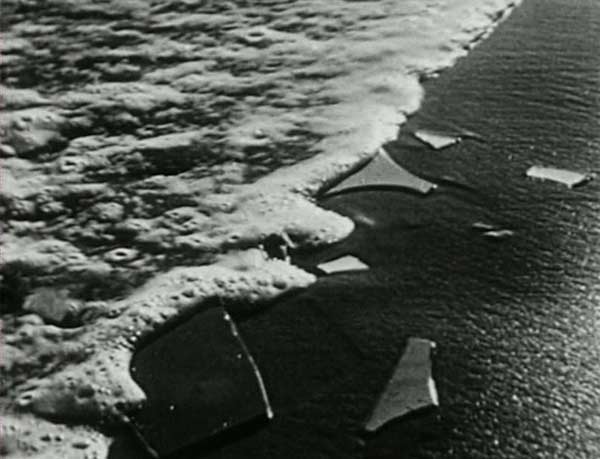
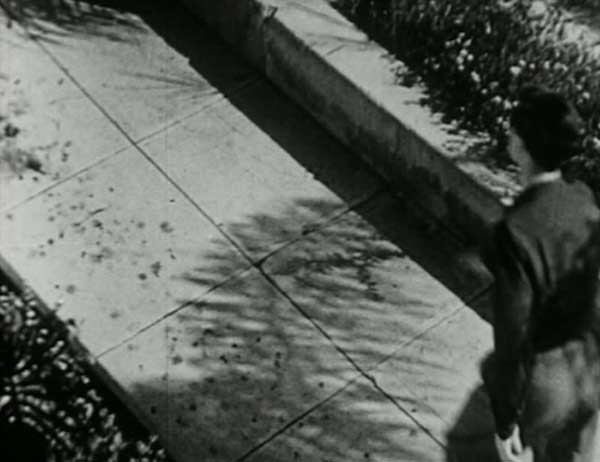
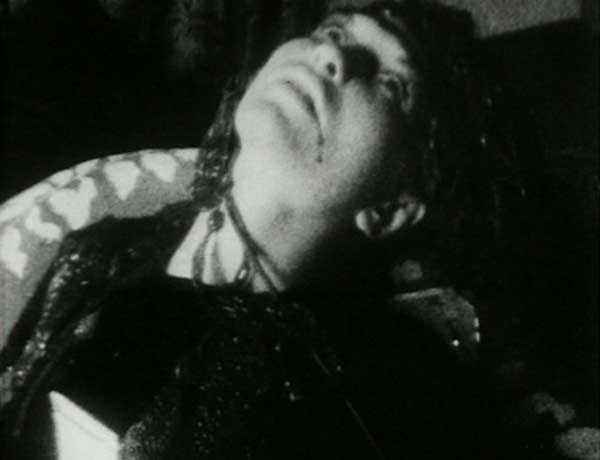
Meshes of the Afternoon | Un chien andalou
Maya Deren, 1943 | Luis Buñuel, 1929
FROM ‘MARA, MARIETTA’
Part Ten Chapter 12
Bióbarinn
In the bar I played the Seedy Friedrich card, the perfect ice breaker. In with a group of lively locals, we sipped our highballs of Tanqueray and tonic and spoke of islands, music, and the ambivalence of Pisces. Your surfed the dark edge of your redhead personality, playing to perfection the role of rock ‘n roll girlfriend. Then someone came in to announce that in the screening room upstairs two short films—Maya Deren’s Meshes of the Afternoon and Buñuel’s Un Chien andalou—would soon be starting. I knew them well and thought you’d like them; we decided to go and see them.
We stepped upstairs into the little cinema and stepped into Maya Deren’s dream; fifteen minutes later, Buñuel’s call to murder came across as a decidedly dated scream.
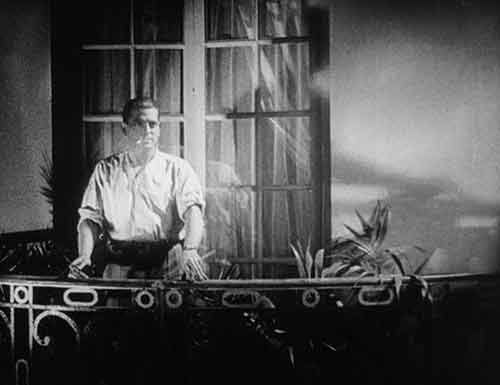
Luis Buñuel, Un chien andalou
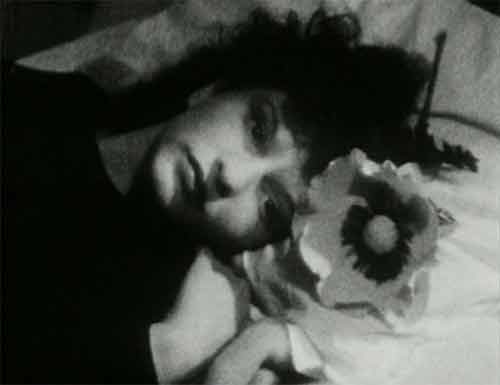
Maya Deren, Meshes of the Afternoon
Minja frá draumi
You say:
̶ They’re both about sex. Buñuel plays up repression; Deren focuses on the woman’s ambivalence. I find her film much more interesting.
Inspirited by mojitos, we talk through the din in Souvenir from a Dream.
̶ Why?
̶ There’s no political posturing, no silly fetishism. She expresses a woman’s point of view. She doesn’t need Church and Police to show that sex is transgressive.
̶ I agree. Her film is poetic—it doesn’t impose, it resonates.
̶ It’s a feminine film.
̶ Yes. But I find Chien andalou holds up better than you suggest.
̶ I liked the vaudeville!
̶ And what about the razor slicing open the eye?
̶ A vicious metaphor! Gave me a jolt, but when I saw the jelly falling out I quickly recovered.
You take my glass and finish my mojito.
̶ Let’s go dancing!
As I suck up the last of your highball through your lipstick straw, you lower your head and look at me through your locks: Amber through copper turns desire into seduction.
̶ Let’s go!
MAYA DEREN, IMAGIST
by Jan Millsapps
Meshes of the Afternoon illustrates Maya Deren’s transition from verbal to visual expression. This film, a dream event which spirals inward from reality and back out again when a death wish apparently becomes manifest, has some peculiarly filmic qualities. These include the fluid hand-held camera-work, particularly on the stair sequences, and numerous carefully planned and edited transitions. Nonetheless, the film is dependent upon a traditional poetic narrative structure, resting on a series of events which recur with variations, and on the repetitive treatment of visually potent objects, such as a knife, flower, and key. Images and events work together to evoke a dark, subconscious mood.
We can easily ‘tell the story’ of Meshes of the Afternoon, inserting the significant objects as symbols to enhance the actions. A woman holding a flower and key, enters her absent lover’s home, and finds items there in disarray (a carving knife is propped on the stairs, for instance). She takes a nap, glimpsing as she dozes a black-robed, mirror-faced figure retreating, whom she pursues without success.
This sequence is repeated three times until the three dream selves conspire to stab the sleeping real self. The attacker turns into her lover, who begins to seduce her with the flower nearby. The flower becomes a knife, with which the woman attempts to stab the man. She breaks a mirror instead; its pieces fall into the ocean, and the man arrives home to the woman dead and draped in seaweed.
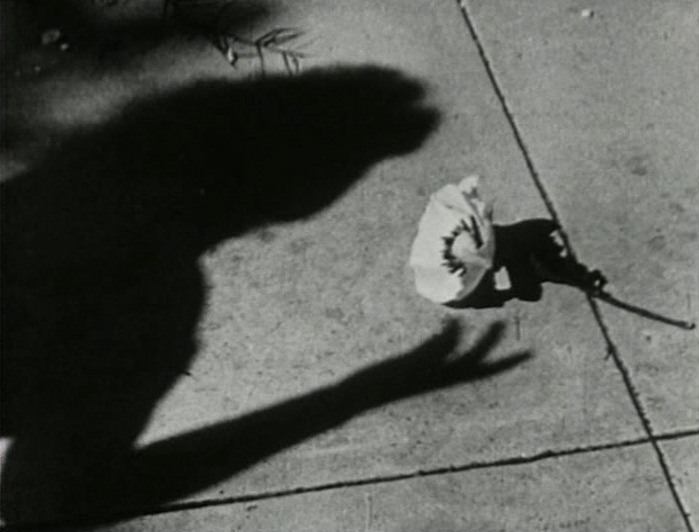
Maya Deren, Meshes of the Afternoon, 1
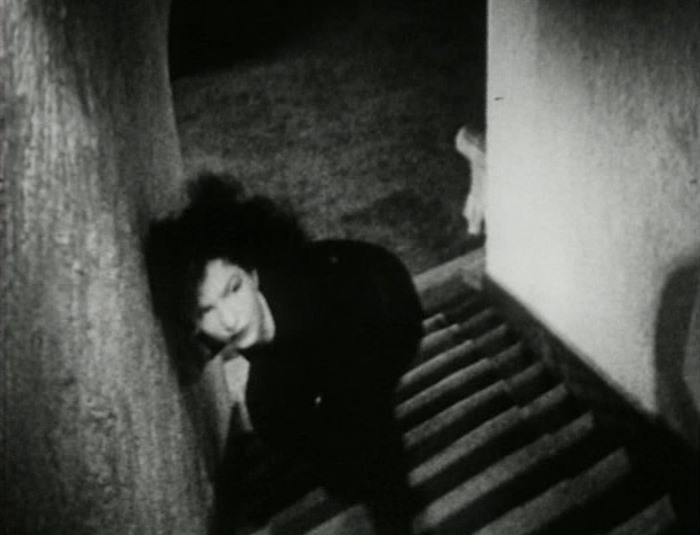
Maya Deren, Meshes of the Afternoon, 2
Deren’s artistic purpose in assembling such a collection of objects and events is similar to the intention of T.S. Eliot with his objective correlative, described by Deren in her thesis as ‘an ensemble of objects, a situation, a series of events as symbols of inner reality.’ In early program notes for her film, Deren paraphrases this statement on Eliot by describing the film as one ‘concerned with the interior experiences of an individual’ which ‘rests heavily upon the symbolic value of objects and situations.’
Deren’s first film owes even more to Eliot; some images seem directly derivative from his ‘Ash Wednesday,’ described in Deren’s thesis as ‘a dreamland’ and ‘an expression of an isolated experience in a unique personality.’
In his poem Eliot uses a single flower (a rose instead of Deren’s poppy) to symbolize a place ‘where all loves end.’ (Deren’s flower becomes a knife while her lover caresses her.) Eliot creates a veiled and silent guide who ‘moves in the time between sleep and waking;’ this character ‘bent her head but spoke no word,’ a gesture repeated by Deren’s fleeting, black-robed figure. Additionally, Eliot’s poem involves a cyclical journey which moves up stairs three times, ‘twisting, turning,’ reminiscent of the climb—repeated in three variations—in Meshes of the Afternoon, where the disorientation was supplied by the tilting camera. In both Eliot’s poem and Deren’s film, the ‘spirit of the sea’ symbolizes a primal life and death force; it is in and around the sea that both works end.
These comparisons do not prove that Deren was trying to visually duplicate Eliot’s poetry, but rather that as a young artist striving toward original expression, she naturally retrieved some familiar images from her memory. On the contrary, Deren’s film shows her admiration for Eliot’s use of powerful, personal symbolism in poetry, as she had described several years earlier in her thesis. It is fair to assume she was influenced deeply by his evocative use of objects and actions, and paid obvious homage to Eliot in her first film.
Deren spent a lot of energy over the next few years re-interpreting the first film, not as Symbolist, but as Imagist. She drew inspiration once again from her graduate studies in poetry, this time from Ezra Pound as primary expositor of the Imagist credos.
As a student of poetry, Deren knew the difference between images and symbols, and discussed these in her thesis: ‘For the Symbolist, the image is an element only in a synthesis built up out of a succession of images; for the Imagist, the image is the synthesis itself of the thought and emotion; the direct communication of the synthesized experience. For the Symbolist, the image is a point of departure for mysterious distances, whereas the Imagist departure is limited to the vision behind the word or image.’
Through writings and speeches that sound at times angry and defensive, Deren repeatedly disavowed any use of symbol in her first film and insisted that the viewer understand that the key, the flower, and the knife were used as themselves and not as symbolic referents. Similarly, the Imagists had insisted on the treatment of ‘hawk as hawk,’ and the first Imagist credo, as Deren quoted in her thesis, demanded a ‘direct treatment of the thing.’
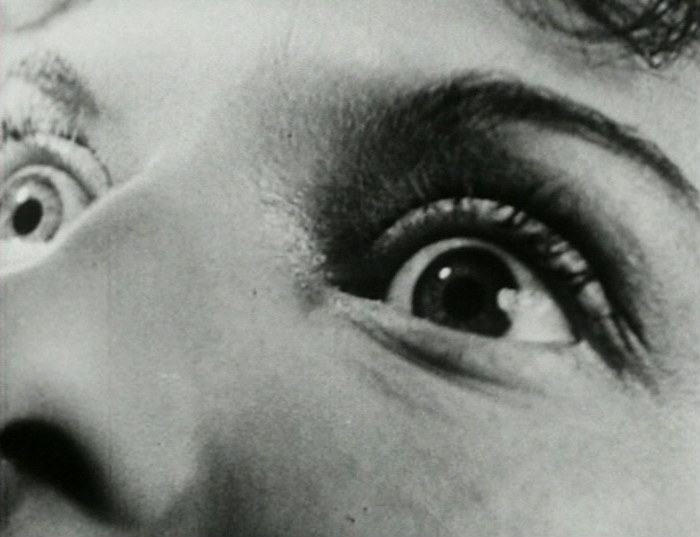
Maya Deren, Meshes of the Afternoon, 3
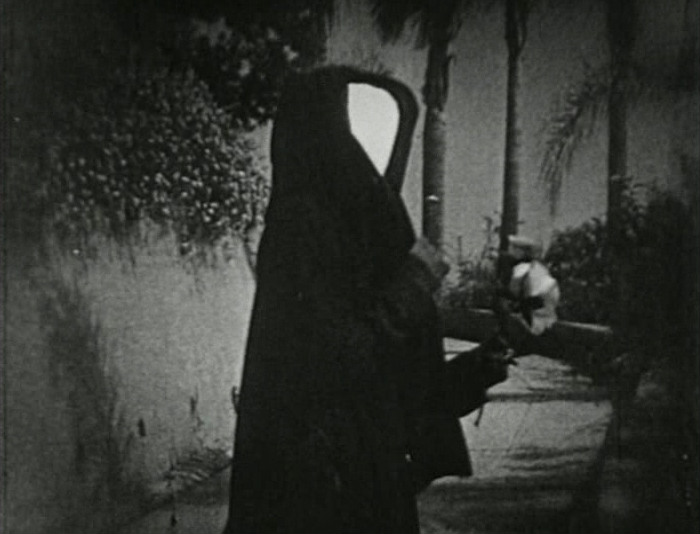
Maya Deren, Meshes of the Afternoon, 4
One of the first opportunities Deren undertook in her own defense was her 1946 chapbook, ‘An Anagram of Ideas on Art, Form and Film,’ in which she deplores ‘the currently loose, casual usage of the word ‘symbol’: ‘It would seem important to re-ascertain its more explicit meaning. In speaking of the direct, immediate meaning of an ‘image,’ I do not intend to exclude the process of generalization. On the contrary, the moment or image is valuable only insofar as its ripples spread out and encompass the richness of many moments. To generalize from a specific image is not the same as to understand it as a symbol for that general concept.’
Pound’s ‘secret doctrine of the Image’ was the possibility for multiple layerings of ideas upon one central image. Symbolic interpretations of Imagist poems were possible, he said, but only as an enlargement of the idea of the image itself. Deren quoted him: ‘The proper symbol is the natural object. if a man uses symbols, he must so use them that their symbolic function does not obtrude.’
Here is the problem with Meshes of the Afternoon, voiced by Pound some twenty years earlier and repeated by Deren in her thesis. Had she chosen her objects more carefully and created subtler arrangements out of them, she might have avoided the Freudian interpretations which made her so insistent on the Image and not the Symbol. Aligning herself with Pound and the Imagists, however, had positive and far-reaching effects for Deren.